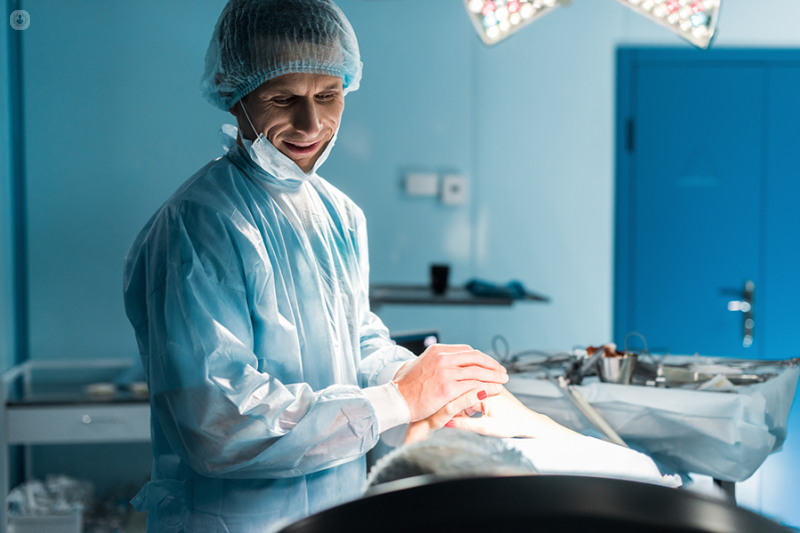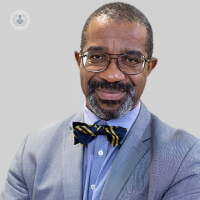Endoscopy: a leap forward in ear surgery
Written by:With the help of an endoscope, your doctor can send a tiny camera into your body to perform operations that were previously thought impossible. In previous articles we’ve looked at how everything from heart operations to knee replacements that have benefited from this technology. Today, we’re interviewing Mr Anthony Owa, celebrated ENT surgeon, about how the humble endoscope has revolutionised ear surgery.

Endoscopic ear surgery a way in which perform surgery in the ears using a device such as an endoscope, which enables to see through narrow canals, and have a better view of the middle ear spaces. It was initially used as a diagnostic tool, but given that the view is much better than other parameters that we have such as a microscope, increasingly a lot of surgeons are beginning to turn towards it, using it for surgery.
What do we use it for?
There are a lot of surgeons that use it for all range and all manner of ear surgery, including:
- cholesteatoma (disease in the middle ear spaces)
- ear drum hole repair
- glue ear
- stapedectomies or middle bone reconstruction
- repairing abnormalities in the ear canal itself
Some surgeons try to it for skull-based surgery because of the superior view that it gives, and the fact it enables us to do things we would otherwise need to make large incisions in the ear and head in order to achieve.
In short, all ear surgical conditions beyond the ear canal, and even within the ear canal, can be treated with endoscopic techniques.
How does it compare to using a microscope?
As a surgeon, the main advantage of using an endoscope is visualisation. You can see into tiny spaces and with the aid of screens get a very wide field of view.
The main disadvantage is a lack of depth perception. A microscope uses binoculars to give you a sense of depth, which can make it easier to do surgery.
Some surgeons would argue that the fact you need to use an endoscope with one hand is a disadvantage. In my experience, it is only a slight disability, and many surgeons are able use endoscope holders if they find it too difficult to operate with one hand.
What are the advantages for the patient?
There are several major advantages from a patient point of view:
- With endoscopic ear surgery there is very little scarring. With a microscopy, the scar is bigger and can cause problems such as keloid formation, pain, or even numbness in the ear. With an endoscopy you bypass these problems.
- Cosmetically, endoscopic surgery is superior. Patients avoid having a big scar outside the ear, which can sometimes affect hair growth. However, it’s even more important to avoid a big scar if you are bald, as it can be very visible.
- I find that endoscopic surgery is superior in terms of hearing results. We can repair a perforated ear drum more effectively because we can be more precise with how we place the graft.
- Finally, the operation is faster, and healing time is faster
When would endoscopy not be suitable?
Endoscopy is not suitable if the disease is extensive. By this we mean if the disease extends right up to the mastoid tip. For such conditions, you need to open up the whole area, and since these tissues are already damaged, opening the area is unlikely to cause much extra damage.


